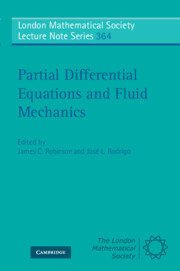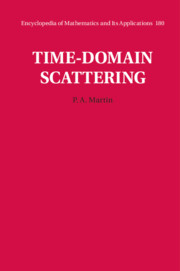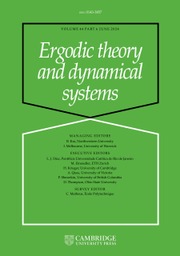Physics and Partial Differential Equations
Partial differential equations (PDEs) play a central role in modern physics as a tool to model many fundamental physical processes. This book provides a bridge between the problems addressed by physics and the mathematical tools used to solve them. The authors describe the connections between various physical disciplines and their related mathematical models, which are described by partial differential equations (PDEs) and establish the fundamental equations in areas such as electrodynamics; fluid dynamics; elastic mechanics; kinetic theory of gases; special relativity; and quantum mechanics. This is followed by in-depth explanations of how PDEs work as effective tools to express the basic concepts of physics. The book describes the features of these PDEs, including the types and characteristics of the equations, the behaviour of solutions and common approaches for solving PDEs. The chapters, which include exercises, are self-contained and are accessible to anyone with knowledge of basic undergraduate maths and physics.
- A complete guide to the derivation and analysis of many fundamental equations of physics
- Accessible to those with basic knowledge of undergraduate maths and physics
- Chapters are self-contained and include exercises and references
Product details
September 2012Paperback
9781611972269
280 pages
254 × 177 × 17 mm
0.58kg
This item is not supplied by Cambridge University Press in your region. Please contact Soc for Industrial null Mathematics for availability.
Table of Contents
- Preface to the Second Edition
- Preface
- 1. Electrodynamics
- 2. Fluid dynamics
- 3. Magnetohydrodynamics
- 4. Reacting fluid dynamics
- 5. Elastic mechanics
- Appendix A. Cartesian tensor
- Appendix B. Overview of thermodynamics
- Index.









